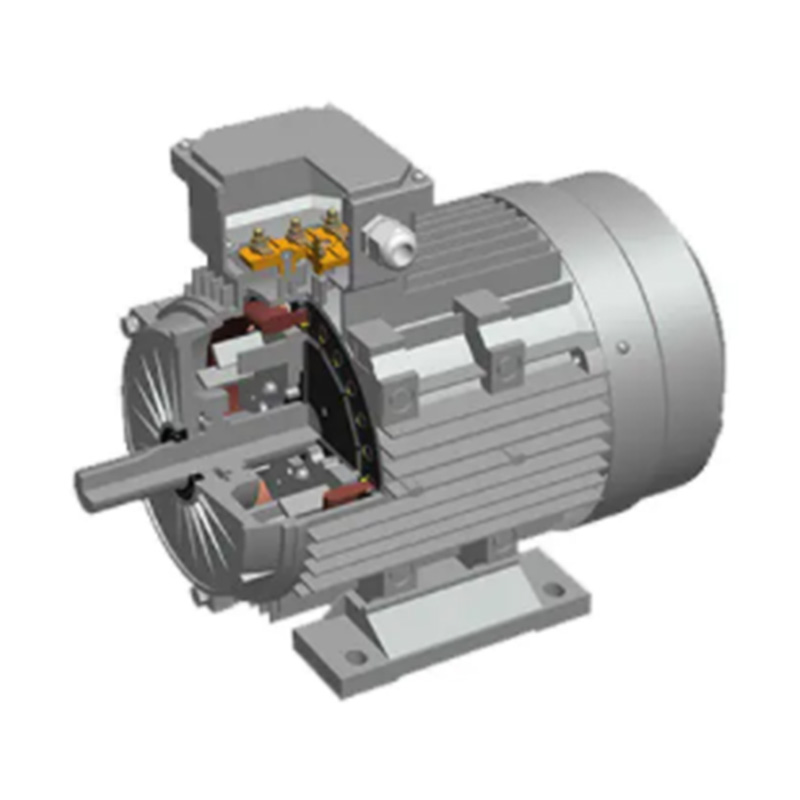Permanent Magnet Synchronous Motors (PM Synchronous Motors) have become essential components across a wide range of industrial applications due to their high energy efficiency, reliable performance, and precise control capabilities. With growing demand for energy-conscious technologies, the PM Synchronous Motor has gained wide acceptance in sectors requiring smooth motion, compact designs, and long service life.

Overview of the PM Synchronous Motor
A PM Synchronous Motor operates based on the interaction between the stator's rotating magnetic field and the permanent magnets embedded in or attached to the rotor. This configuration results in a synchronous operation—where the rotor turns at the same frequency as the stator field—offering consistent torque and reduced losses at various loads. Compared to traditional induction motors, the PM Synchronous Motor is known for higher power density and improved control at lower currents.
Applications in Manufacturing Automation
One of the significant uses of the PM Synchronous Motor is in factory automation systems, where precise control and high efficiency are essential. These motors power robotic arms, CNC machines, and conveyor systems by providing smooth torque, rapid acceleration, and accurate positioning.
In CNC machining, PM Synchronous Motors enable exact spindle control and coordinate movement across multiple axes. This capability supports consistent product quality, which is essential in industries like aerospace, automotive parts production, and electronics. Additionally, the compact form factor of the PM Synchronous Motor allows for its integration into space-constrained machinery, enhancing design flexibility.
In assembly lines, the PM Synchronous Motor ensures synchronized movement of components, contributing to cycle time optimization and reduced mechanical wear. This makes it suitable for continuous-duty applications, where uptime and efficiency are closely monitored.
Use in HVAC and Compressor Systems
The PM Synchronous Motor plays a key role in modern heating, ventilation, and air conditioning (HVAC) systems, particularly variable-speed compressors. Its high efficiency at partial load, along with quiet operation, supports energy-saving goals in commercial buildings and industrial facilities.
Chillers, refrigeration units, and air compressors equipped with PM Synchronous Motors benefit from responsive speed control and minimized power consumption. This is especially useful in facilities requiring constant climate regulation, such as data centers, food processing plants, and cleanrooms.
The reduced heat generation and high efficiency of the PM Synchronous Motor help lower operating costs over the system's lifespan. These characteristics align well with industry trends focused on sustainability and intelligent energy use.
Application in Electric Vehicles and Industrial Transport
In electric forklifts, automated guided vehicles (AGVs), and intralogistics equipment, PM Synchronous Motors provide compact, lightweight drive solutions. Their fast torque response, combined with regenerative braking capability, supports both energy recovery and improved mobility.
Industrial environments increasingly rely on electric transport for internal material movement. The PM Synchronous Motor meets these demands with silent operation and customizable torque-speed profiles. Additionally, its reduced maintenance needs contribute to the reliability of these mobile systems.
In railway traction systems and urban light rail vehicles, PM Synchronous Motors are used to improve powertrain efficiency and reduce noise. The compact structure of these motors supports better space utilization in transportation design.
Integration in Renewable Energy Systems
PM Synchronous Motors are also applied in renewable energy generation and support systems, particularly in wind turbine yaw and pitch control systems. These motors are well-suited for such roles due to their ability to operate reliably in variable environmental conditions and deliver precise angular positioning.